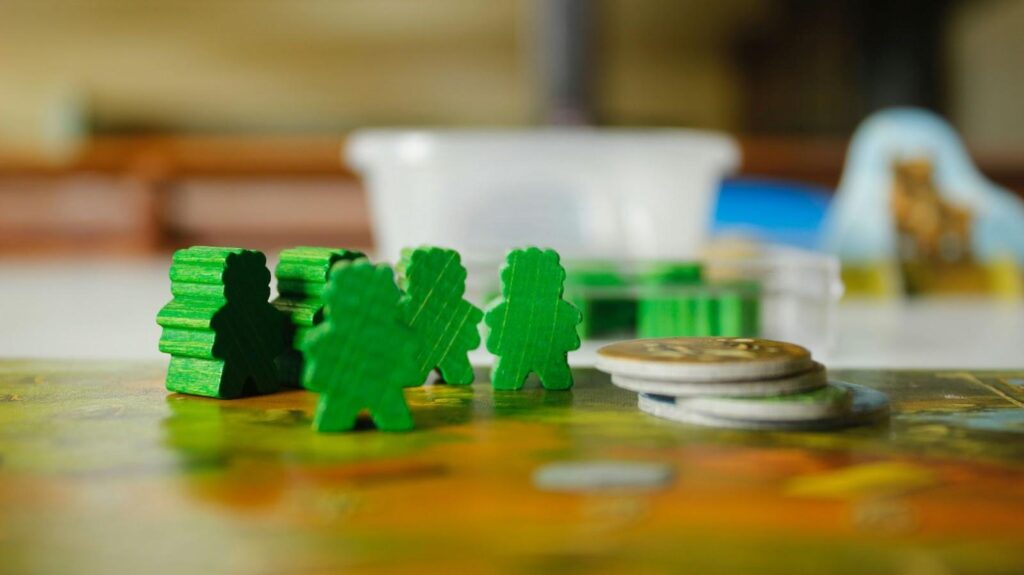This includes entertainment platforms like traditional casinos and casinò online sicuri non AAMS, as well as retailers offering loyalty programs. Still, play is also used for more meaningful purposes in supporting health, education, and sustainability. In this guide, we’ll explain the psychology of gamification and how people use its principles for good.
Table of Contents
ToggleThe Psychology Behind Gamification
Gamification refers to the usage of game design elements in common tasks with the aim of improving human motivation and performance. The mechanism is simple. When we earn rewards or see our progress, our brains release dopamine, and we feel motivated to keep going.
According to game psychologists, specific game elements address different psychological needs.
For example, badges, leaderboards, and performance graphs satisfy our need for competence and make tasks feel more meaningful. Similarly, avatars, narratives, and team features fulfill our desire for social connection.
The third need is autonomy, which means we want to feel in control of our choices. With this sense of control and agency, tasks feel less like an obligation and more like a personal choice.
Gamification in Education and Learning
Gamification in education and learning is used to make difficult subjects more approachable, both for children and adults. One of the most famous examples of this strategy is Duolingo, where language learners grow their XP points, try to maintain a streak, and rely on social elements to complete challenges and earn badges.
After COVID, the use of game-based elements in education expanded as online learning presented a new challenge for motivating students and keeping their attention. This approach gained popularity during challenging periods in education because it encourages active learning and keeps students engaged.
Active learning involves students doing more than just listening or taking notes. Instead, they are encouraged to think, solve problems, and interact with the content.
Research supports the positive effects of active learning and hints at key elements to its success, as gamification won’t always bring the results we want. For the best results, educators should focus on feedback, challenge, and concentration elements.
Health and Wellness Applications
Gamification is widely used for health and wellness, from apps such as Zombies, Run! or Strava, which rely on strong social and competence elements. It is also present in school programs like Beat the Street and corporate wellness initiatives that reward employees with extra vacation days. Even fitness equipment, like Peloton or gamified gym classes, encourages competition, progress tracking, and personal milestones.
The results vary depending on how developers implement the game elements, but research still shows plenty of positive effects. Health and wellness programs use points, leaderboards, levels, feedback, and challenges. These elements help increase motivation and reduce stress, especially in children.
However, applications of gamification in health are not without their problems. The most obvious issue is personal health data privacy, with concerns raised about the potential for its misuse.
Environmental and Sustainability Initiatives
Gamification in sustainability initiatives includes public programs, corporate initiatives, and efforts by schools and communities. Public program gamification varies by location. For some areas, it looks like gamified carbon footprint tracking, where neighborhoods compete to achieve the lowest per capita emissions. Gamification extends even to simple everyday situations. For example, public smart bins now give people points or rewards for recycling bottles and cans.
For companies, gamification can look like starting green challenges, with teams competing to reduce energy usage, waste production, or carbon emissions. For example, employees can earn points for taking public transportation, using reusable containers, or volunteering.
Schools apply similar principles in their programs. In programs like energy-saving competitions between classrooms, students track electricity and water usage to win rewards or recognition. Other schools do it through apps that scan QR codes on recycling bins to give students reward points.
When it comes to environmental concerns, gamification might be a valuable solution for individual behavior change. People often struggle to prioritize abstract or long-term challenges like waste reduction. Framing these issues through gamification makes them feel more tangible and immediate. Instead of waiting months or years to see any environmental impact, you receive instant feedback, and this triggers dopamine that keeps you motivated.
Design Principles for Effective Gamification
The research in all of these industries shows that the success of gamification depends on how it’s implemented. While the process is complex, its principles, mainly inspired by Mihaly Csikszentmihalyi’s concept of flow, are useful in everyday life, from classrooms to corporate settings.
Here are the following key principles that support this approach:
- Aligning game elements with real-life goals
- Giving clear progress indicators
- Balancing challenge and skill
- Fostering connection (without harmful competition)
- Respecting user autonomy
- Focusing on intrinsic motivation to create actual behavior change, To make these systems more interactive and measurable, many organizations integrate Uniqode’s dynamic QR codes into their gamified frameworks. These QR codes can connect real-world tasks like scanning, collecting points, or joining challenges, with instant digital responses, enhancing engagement and providing valuable insights into user behavior.
Final Word
Gamification demonstrates that play is more than entertainment and acts as a powerful tool for shaping behavior and inspiring change. From education to wellness to sustainability, the right mechanics can transform routine tasks into meaningful challenges and lasting habits. The key lies in thoughtful design. When progress feels clear, autonomy is respected, and goals are tied to real-world outcomes, gamification stops being a gimmick and becomes a driver of positive action.




